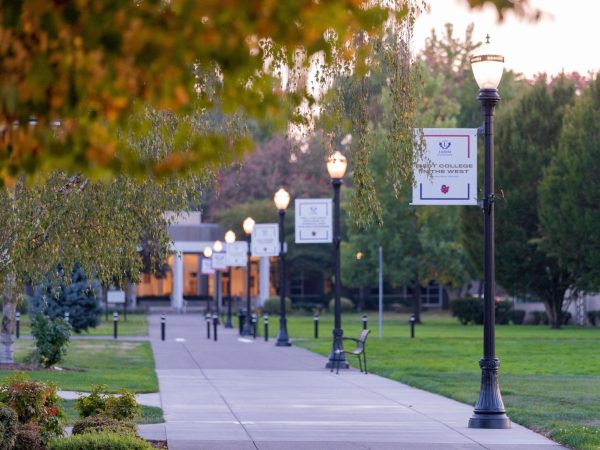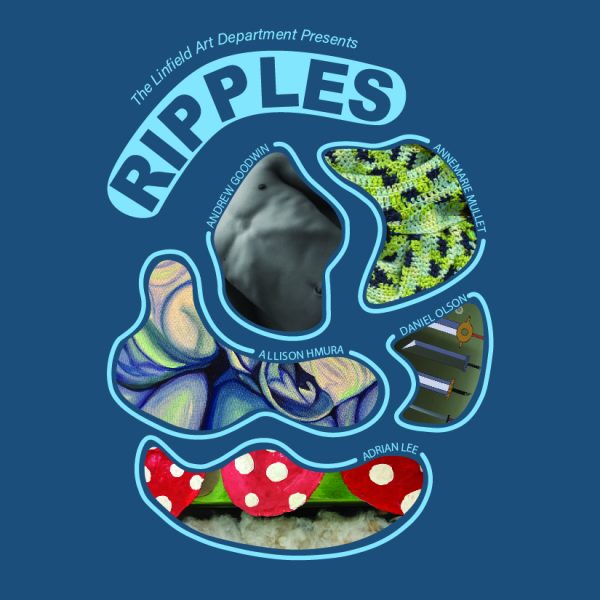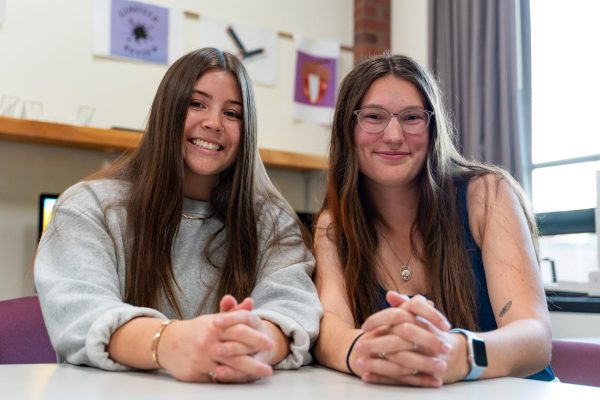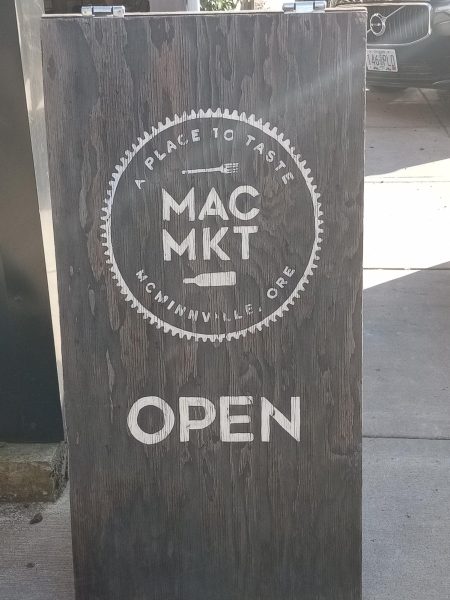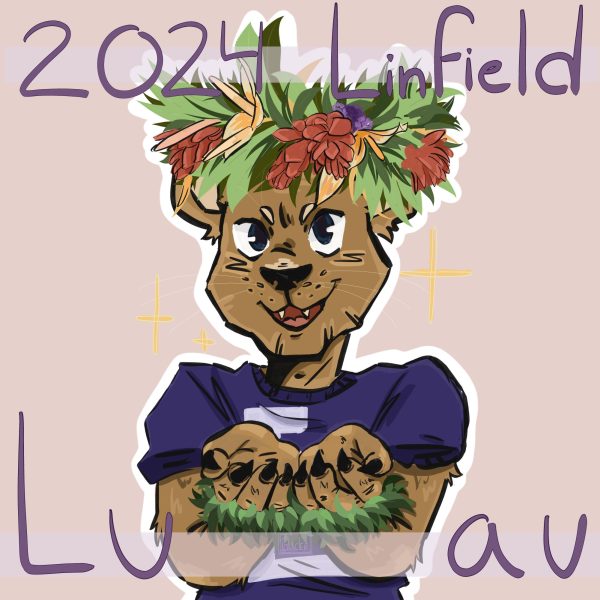Sociologist discusses future of racial diversity in Oregon
March 14, 2016
A sociology professor of Willamette University conducted a presentation and a discussion about racial diversity in Oregon. She talked about the pre-civil rights era, systematic racism, sundown towns and what racism is in Oregon today.
Professor Emily Drew compared how pre-civil rights racism differs from today’s discrimination during her presentation in TJ Day hall on March 9.
Before, racism was legal, overt and intentional, but today, racism is illegal, but institutionalized.
“All that pre-civil war [racism] has been baked into all of the systems and institutions that were set up during that time.”
She said that today’s take on systemic racism is simply doing nothing and to let the institutions and systems do all the work. “All we have to do to benefit it and to be oppressed by it, is to do nothing.”
Drew mentioned a term called “racist multicultural diversity.” This is when the celebrations of different cultures become a weapon for people all to start talking about culture, but not race. This way, people do not need to mention power and equity.
Drew pointed out that while people flock to cultural parties and learn about different cultures, only a handful of those people would attend a discussion about the equity and social issues that the people with that culture has. The celebration is fun and light-hearted while talking about a race’s equity will cause a lot of discomfort.
Drew said that another way that systemic racism can confuse people is by not acknowledging people’s race.
“If I were to say to a Latino boy, ‘When I look at you, I don’t look at you as a Latino; I just see a human being,’” she said. Drew said that by having this attitude, this will negate that person’s culture, identity and community.
The confusion, Drew said, is when “Latino” and “human being” fall under one definition, and it is not.
Drew referred to a study about how non-white names on resumes would affect whether or not people get a job.
The topic of sundown towns rose to the top of the conversation. A sundown town is a place where people of color should be home by the time the sun goes down. Drew said that they still exist today.
On a website Drew used, she was able to show what cities in Oregon were sundown towns. Some cities on the list included Eugene, Salem and even McMinnville.
While there are no sundown town signs, quality of service, town demographics, being followed by police and being watched by residents are hints that you are in a sundown town. Another hint that makes it easy to see that you are in a sundown town is that it has too many American flags.
Drew referred to a study that stated that the more liberal and supportive of diversity a place is, the less likely that population was actually diverse.
However, without racism, Drew said that people of color would not be able to file lawsuits if they are treated poorly or are not given the same rights. “It is a way for them to show disparity,” said Drew.
The last half of the talk was conversation amongst the audience. A man named Bruce Steward was my discussion partner. He said that when he was attending Linfield, there was only one person of color in the entire college, who a woman who later became his wife’s good friend.
But he also said that in the 70s, the black demographic boomed. He was not sure why. “[While talking about this,] I keep saying me and they, because I’m white, obviously, but it should be ‘us.’”
This talk is part of the Conversation Project. Linfield will hold two more presentations held by the Conversation Project in April and May; each talk will be about different subjects.


